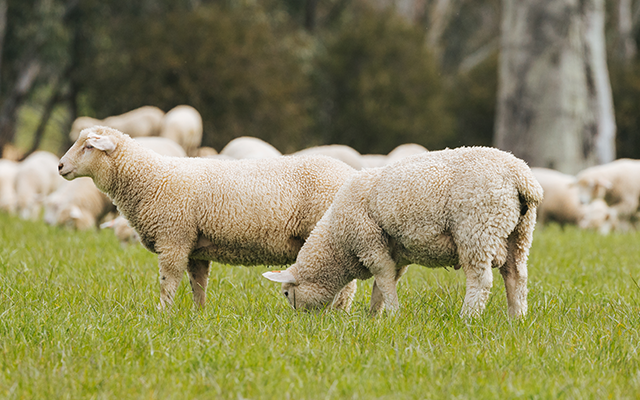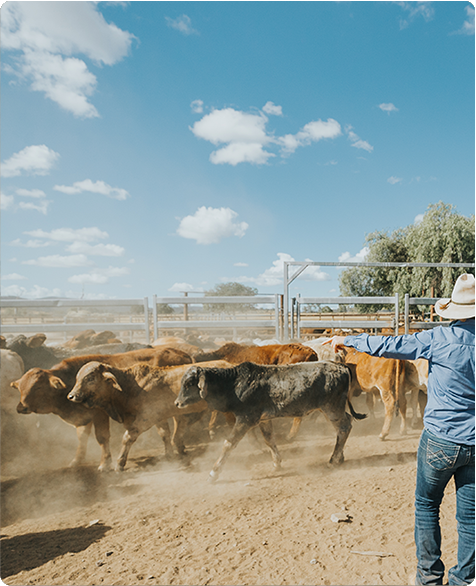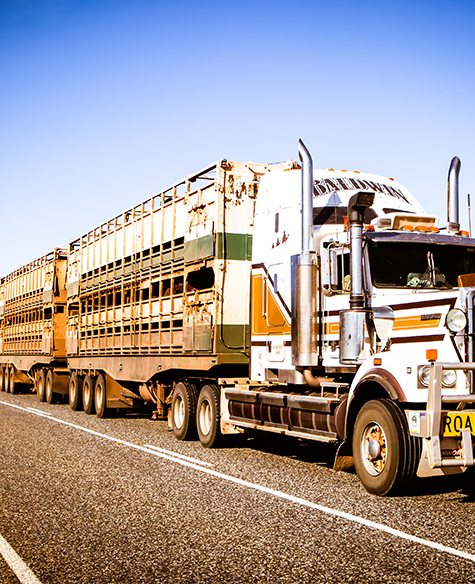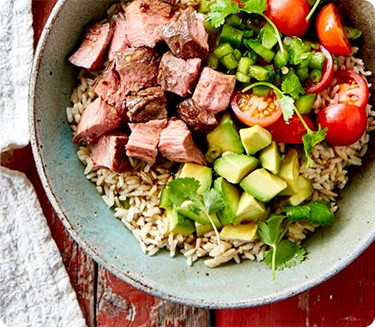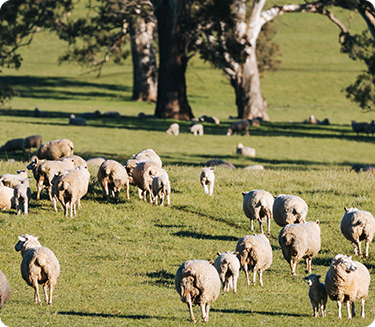All animals deserve to be treated humanely. In Australia, that means ensuring that livestock are healthy and happy throughout their lives.
Cases of animal cruelty are just as distressing to Australian farmers as they are to the broader community. The industry knows that ensuring good animal health and wellbeing is not only a legal requirement, it’s also the right thing to do.
To Australian farmers, treating livestock humanely means:
- Providing pain mitigation during unavoidable aversive procedures
- Ensuring all livestock are getting the right nutrition, especially when pregnant
- Keeping livestock calm with low-stress handling
- Treating livestock with respect at slaughter in a way that means they do not suffer unreasonable or unnecessary pain or distress
- Pursuing non-invasive replacements for surgical procedures.
How does the red meat industry maintain animal welfare standards?
The Australian Animal Welfare Standards and Guidelines were created to harmonise and streamline livestock welfare legislation across Australia. The standards form the basis for developing and implementing consistent legislation and enforcement across Australia.
The standards include:
- Ensuring livestock have reasonable access to adequate and appropriate feed and water
- Ensuring prompt treatment for sick, injured or diseased livestock
- Ensuring pain relief when castrating cattle
- Ensuring dogs are under effective control during the handling of livestock.
To help farmers demonstrate that their on-farm handling of livestock is consistent with these standards, the industry developed the Livestock Production Assurance program, with a focus on animal welfare.
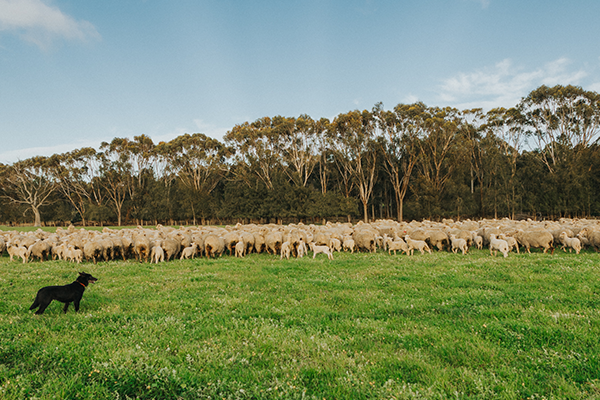
Humane treatment means ensuring dogs are under effective control
What else is the industry doing about animal welfare?
The Australian red meat industry has been proactive in creating new frameworks to support the industry’s commitment to best practice animal health and welfare. The Australian Beef Sustainability Framework was launched in 2017 and The Australian Sheep Sustainability Framework was launched in 2021. These frameworks define sustainable production and track the performance of key priorities, including animal welfare, over time.
The industry also continues to invest in research projects to address animal welfare concerns and ensure continuous improvement in animal welfare practices. Current research and development areas include:
- Measuring public attitudes toward animal welfare and treatment
- Replacing aversive husbandry practices with painless methods
- Relieving unavoidable aversive procedures through the use of pain relief
- Developing vaccine technology to replace the need to spay cattle
- Production of novel wound treatments for dehorning wounds that will reduce mortality, increase welfare and the speed of wound healing
- Identifying and assessing objective measures of animal welfare
- Providing workers with education and skills to meet current welfare standards
- Supporting industry adoption of high-quality welfare systems and practices.
Did you know?
- The provision of good animal wellbeing in the Australian red meat industry is guided by the ‘five domains of animal welfare’, an internationally recognised standard for optimal animal health and welfare. The five domains are nutrition, environment, health, behaviour and mental state.
- Since 2017, all Australian red meat producers have been required to confirm that they manage, handle and treat livestock in their care appropriately to ensure comfort and quality of life is maintained, in adherence with the Australian Animal Welfare Standards and Guidelines.
- The Australian beef industry supports the use of pain relief in unavoidable aversive procedures, and aspires to 100% use of pain relief for these procedures by 2030. (Source)


